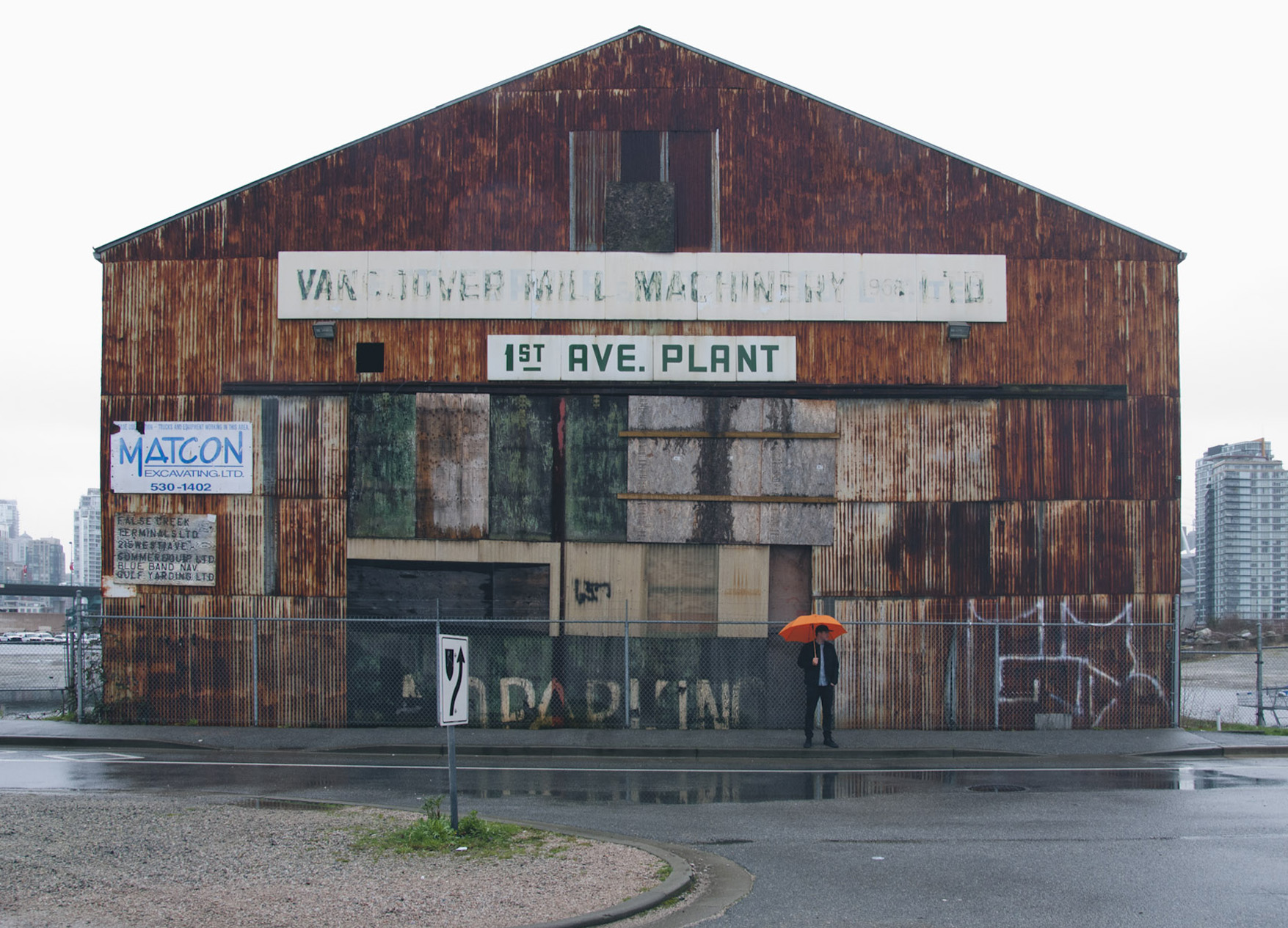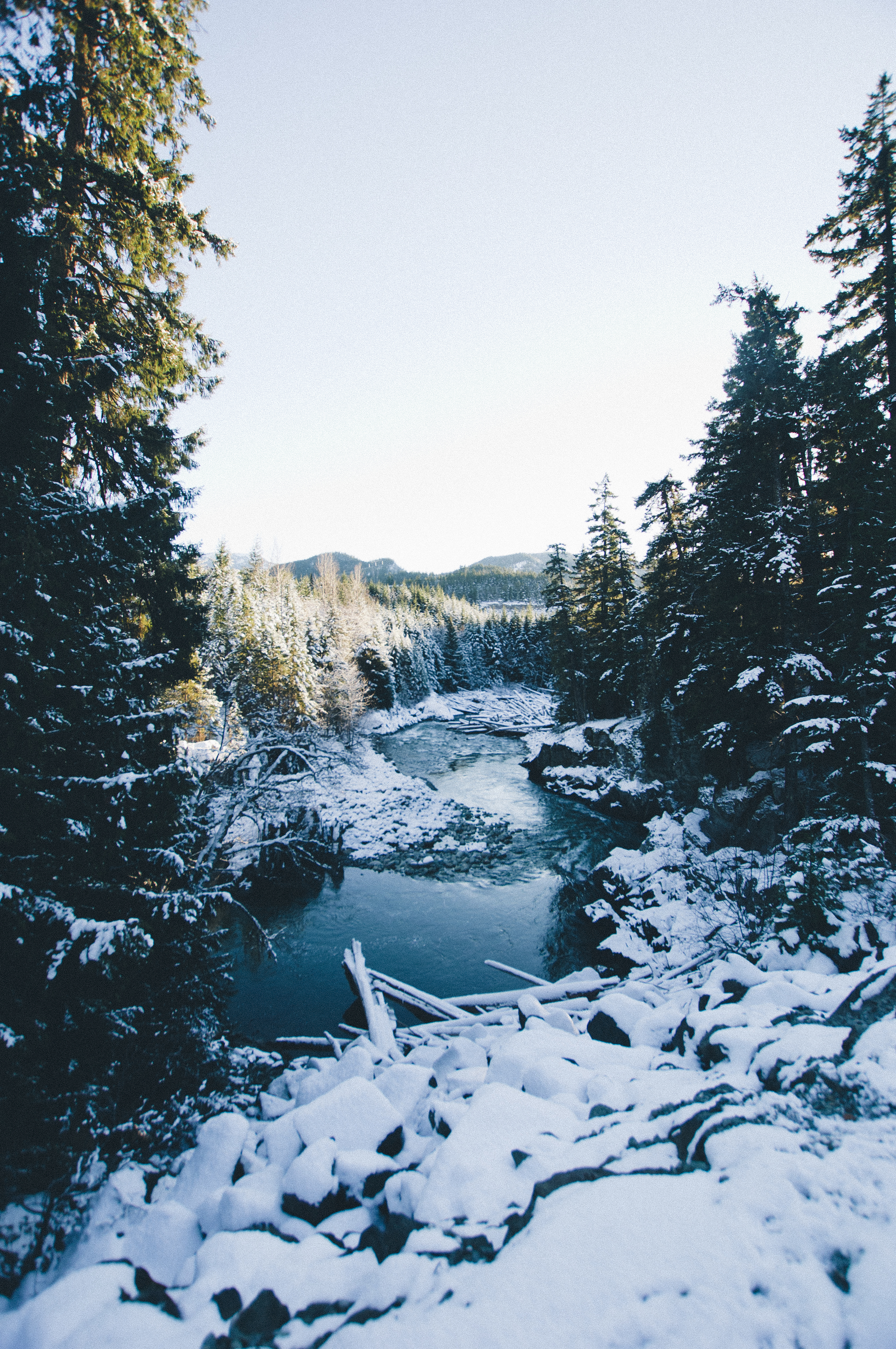WESTERLY GOODS
Vancouverites have a complex relationship with the city in which we live. We boast about the lush, green forests, but we complain about the rain that feeds them. We tell stories of long summer days filled with hiking and biking, forgetting that it is cloudy and wet for two thirds of the year. Westerly Goods was founded on this complex relationship as motivation to eliminate rain delays through good quality, well designed goods to encourage year-round adventures.
Duncan Gillespie and Bryan Pudney cofounded Westerly Goods in 2012 and launched their first umbrellas in winter of 2014. People living outside a temperate rain forest may not understand the importance of a good umbrella. But to Duncan and Brian, the perfect umbrella was a function of good quality and design to create a We(s)t Coast necessity. Westerly umbrellas include flexible, fibreglass ribs to bend in the wind, fabric prevents and rosettes to cover the sharp parts that can rip through the fabric, a wooden handle for a true west coast flavour. The designs achieve their goal of being beautiful - they are unique and eye-catching, with something for everyone. All these elements combine to create an umbrella that is not only functional but also hard to leave behind.
And if holding an umbrella isn't your thing, Westerly also creates water-resistant headwear for those times when your adventure requires both hands.



















